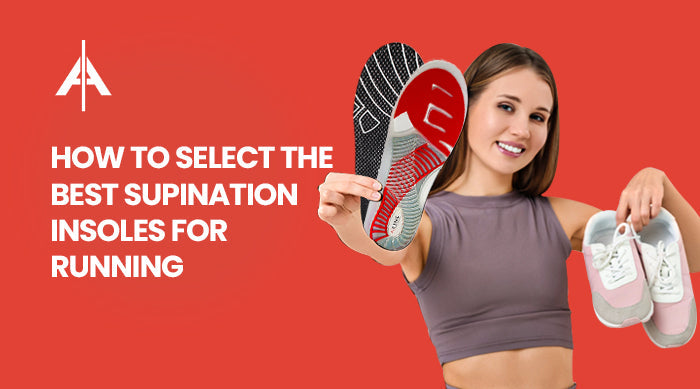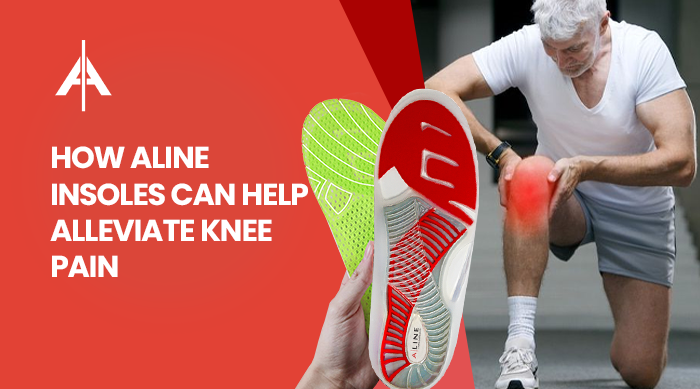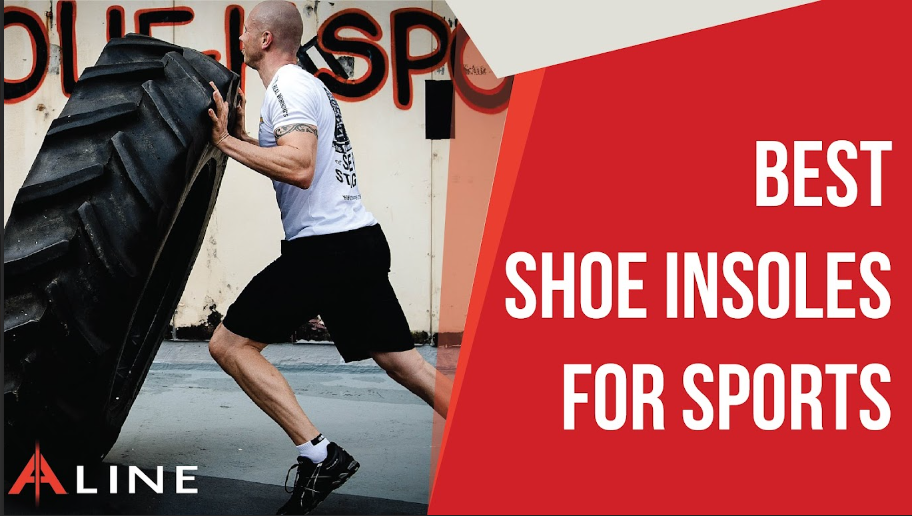Are There Any Risks or Side Effects to Wearing Insoles?

Summary
- Poorly fitted or low-quality insoles can cause discomfort, blisters, and joint pain, especially if not broken in properly.
- Common side effects include initial soreness, pressure points, and altered posture from insoles that overcorrect or misalign the foot.
- Over-the-counter (OTC) insoles may offer convenience but often lack the support needed for serious conditions and may wear out quickly.
- Custom orthotics provide tailored support and are ideal for chronic pain or medical conditions but are not always necessary for minor issues.
- To reduce risks, choose insoles based on your foot type, ease into wear gradually, and watch for red flags like numbness or persistent pain.
- See a podiatrist if pain continues, your gait seems off, or you have health conditions that affect foot alignment.
Insoles are often seen as a quick fix for foot pain, fatigue, or posture problems. Slip a pair into your shoes, and you're good to go, right? Not always. While high-quality insoles can provide real benefits, using them the wrong way or choosing the wrong type can lead to unexpected side effects.
Yes, insoles can cause discomfort, blisters, and even joint pain when they don’t fit well or aren’t suited for your specific needs. Most of the issues people face with insoles come down to poor fit, cheap materials, or skipping the all-important break-in period.
But…
These problems are avoidable. With the right approach, insoles can support your feet without causing harm.
Common Side Effects of Wearing Insoles
Discomfort and the Adjustment Period
When you first start wearing insoles, it's normal to feel some soreness. Your feet, ankles, and even your calves might ache as your muscles begin to adjust to the new support. This doesn’t mean the insoles are bad — it just means your body is adapting.
One of the biggest reasons people experience discomfort is overly aggressive arch support. If you have low arches or flat feet, an insole with high, rigid support might push up too much and create pressure under the arch. This can lead to aching or even sharp pain.
Solution: Give your body time to adjust. Start by wearing the insoles for just 1 to 2 hours a day for the first few days. Gradually increase wear time over a couple of weeks. Most people adjust fully within 10 to 14 days. If pain persists, though, it’s worth talking to a podiatrist.
Blisters and Pressure Points
Blisters are another common complaint, especially during the first week of wearing new insoles. They usually show up when the insole rubs against your skin or doesn’t sit right in your shoe.
Some insoles have hard edges or rigid materials that can create "hot spots" — specific areas of high pressure that irritate the skin. If your insole isn’t molded well to your foot shape or it shifts during movement, friction builds up quickly.
Solution: Wear moisture-wicking socks to reduce friction. If you notice problem spots, use blister pads or moleskin. You can also slightly adjust the insole’s position inside the shoe to see if that relieves pressure. And always make sure your shoe has enough room for both your foot and the insole without squeezing.
Altered Body Mechanics and Compensatory Pain
Insoles are supposed to improve your movement, but when they overcorrect or don’t align with your natural gait, they can actually make things worse.
Some people report knee pain or hip discomfort after using insoles, especially when the design shifts weight too far forward or backward. Weak or poorly designed support may also throw off your posture, leading to imbalance or new areas of strain.
Solution: Choose insoles that allow for natural movement and support proper biomechanics. This often means avoiding rigid or generic inserts and looking for flexible, structured designs that complement your gait rather than forcing it to change dramatically.
Risks of Over-the-Counter (OTC) vs. Custom Orthotics
When it comes to insoles, not all are created equal. The difference between OTC inserts and custom orthotics is more than just the price tag.
OTC Insoles
Off-the-shelf insoles are widely available, but they can be hit or miss. Many are made from foam or gel and focus on cushioning, not support. Since they’re made in standard sizes, they don’t match your unique foot shape or address any specific alignment issues.
Risks include:
- Lack of support for serious conditions like plantar fasciitis
- Blisters from poor fit
- Weight shifted unevenly, leading to new pain in knees, hips, or back
- Wearing out quickly, especially with daily use
Custom Orthotics
Custom orthotics are designed by professionals based on a detailed evaluation of your feet, gait, and posture. They’re more structured and made with better materials, built to correct specific problems rather than offer general comfort.
Benefits include:
- Tailored support that reduces strain on joints
- Balanced pressure distribution
- Lower risk of long-term injury
- Gradual break-in approach to minimize side effects
That said, custom orthotics are not always necessary. If your pain is mild or you're just looking for extra support during workouts, a high-quality OTC insole may be enough. Just be sure to monitor how your body responds.
How to Minimize Risks
Choose the Right Insoles
Not every insole works for every foot. Here’s a quick guide:
- Flat feet: Go with medium arch support. Avoid anything with a very high, rigid arch.
- High arches: Look for soft, cushioned insoles that offer shock absorption across the heel and forefoot.
- Athletes: Prioritize flexibility and breathability. A moisture-wicking top layer can help reduce blisters during intense activity.
It’s also smart to bring your insoles with you when buying new shoes. Not all footwear has enough room or support to properly hold them.
Break Them In Properly
Ease into wearing your insoles. Here's a simple plan:
- Day 1 to 3: Wear them 1 to 2 hours at a time
- Day 4 to 7: Increase to 3 to 4 hours per day
-
Week 2 and beyond: Full-day wear is usually fine by this point, as long as there’s no lingering discomfort
If you feel any sharp pain or new aches, take a break and reduce wear time for a few days.
Monitor Your Body
It’s important to listen to your body, especially during the break-in phase. Keep an eye out for:
- Persistent foot, knee, or back pain
- Numbness or tingling in your toes
- New blisters, pressure marks, or skin irritation
If these symptoms don’t ease within a week, stop using the insoles and speak with a podiatrist. Sometimes what feels like a minor issue is actually your body signaling that something’s off.
When to See a Specialist
While most people can try OTC insoles safely, there are times when it’s better to go straight to a professional. Here’s when to see a specialist:
- You have ongoing foot, knee, or back pain that doesn’t improve
- You have pre-existing conditions like diabetes or arthritis that affect foot health
- You notice uneven wear on your shoes, frequent tripping, or visible misalignment in your walk
A podiatrist can do a gait analysis and assess your foot mechanics to make sure you're getting the right kind of support.
Conclusion
Wearing insoles can absolutely help with foot pain, posture, and overall comfort. But they’re not risk-free. Side effects like soreness, blisters, and joint discomfort are possible, especially if the insoles don’t fit well or you skip the adjustment phase.
To stay safe, choose high-quality insoles that match your foot type, take your time breaking them in, and keep track of how your body reacts. For minor support, a good OTC insole may be enough. But if you’re dealing with chronic pain or serious alignment issues, custom orthotics and a visit to a podiatrist are worth considering.















